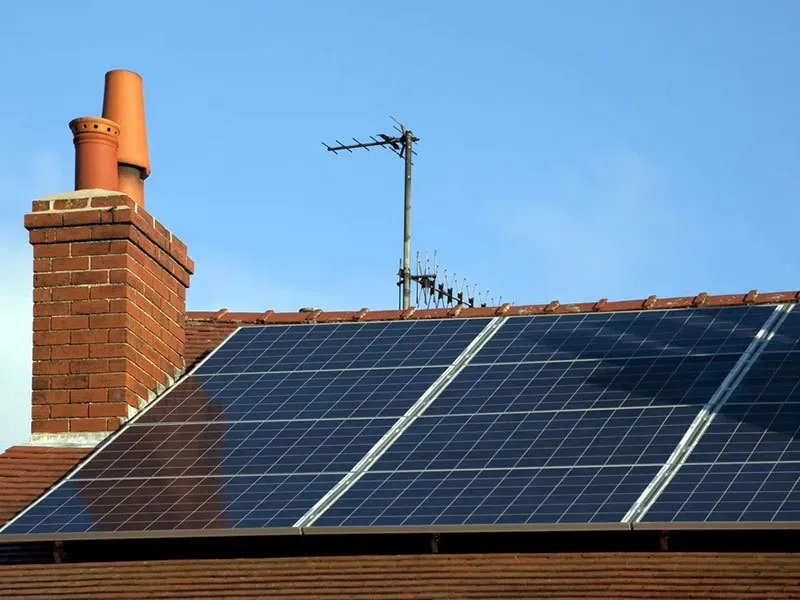Current Prices and Market Trends for 325 Watt Solar Panels in 2023
The Rising Trend of 325 Watt Solar Panels An Overview of Prices
In recent years, the demand for solar energy has escalated dramatically as both consumers and businesses seek sustainable and cost-effective energy solutions. Among the various solar panel options available in the market, the 325-watt solar panel has emerged as a popular choice due to its efficiency, size, and overall performance. This article explores the factors influencing the prices of 325-watt solar panels and the advantages that make them a worthy investment.
Understanding Solar Panel Wattage
Before delving into the pricing, it is essential to understand what the wattage of a solar panel signifies. The wattage indicates the panel's power output under standard testing conditions. A 325-watt solar panel, therefore, has the potential to produce 325 watts of electricity per hour of peak sunlight. This rating is crucial because it helps consumers determine how many panels they need for their energy requirements and how much space they will occupy.
Price Factors of 325 Watt Solar Panels
The price of a 325-watt solar panel can vary significantly based on several factors
1. Manufacturer Brand The reputation and reliability of the manufacturer play a vital role in pricing. Established brands with a history of quality and performance often command higher prices due to their trustworthiness and warranty offerings.
2. Technology Used Solar panels incorporate various technologies, such as monocrystalline, polycrystalline, and thin-film. Typically, monocrystalline panels are more efficient and, therefore, generally priced higher than their polycrystalline counterparts. A 325-watt monocrystalline panel might cost between $250 and $350, while polycrystalline panels can range from $200 to $300.
solar panel 325 watt price

3. Market Demand and Supply As the market for solar energy expands, the demand for solar panels, including the 325-watt models, has increased. Fluctuations in supply chains and the cost of raw materials can also impact prices.
4. Incentives and Rebates Government incentives and rebates for solar installations can indirectly affect the upfront cost of solar panels. Many regions offer tax credits, rebates, and even grants, which can significantly reduce the overall expenditure. Consumers should research local incentives that may apply to their purchases.
5. Installation Costs While the price of the panel itself is crucial, the overall installation cost must also be factored in. Professional installation can add considerable expense depending on local labor rates and the complexity of the installation.
The Benefits of 325 Watt Solar Panels
Investing in 325-watt solar panels comes with numerous benefits that outweigh the initial costs. Firstly, these panels provide a higher energy output, making them ideal for residential and commercial solar systems aimed at maximizing space and efficiency. With fewer panels needed to achieve the desired energy output, homeowners can benefit from reduced installation costs and diminished roof space utilization.
Furthermore, solar panels contribute to energy independence. By generating their electricity, consumers can shield themselves from rising utility prices and secure their energy supply against fluctuations in the market. The environmental benefits cannot be overlooked either; solar energy is clean, renewable, and plays a vital role in reducing carbon footprints.
Conclusion
In conclusion, the price of 325-watt solar panels is influenced by a multitude of factors, including brand, technology, market demand, and installation costs. As the world shifts towards renewable energy, understanding these dynamics becomes essential for consumers looking to invest in solar technology. With their efficient energy output and the potential for long-term savings, 325-watt solar panels represent a smart investment for those committed to embracing sustainable energy solutions. As prices become more competitive and incentives proliferate, the transition to solar power continues to be an attractive option for many.
-
String Solar Inverter: The High-Efficiency Solution for Smart Solar EnergyNewsJul.14,2025
-
Revolutionizing Rooftop Energy with the Power of the Micro Solar InverterNewsJul.14,2025
-
Power Independence with Smart Off Grid Solar Inverter SolutionsNewsJul.14,2025
-
On Grid Solar Inverter: Powering the Future with Smart Grid IntegrationNewsJul.14,2025
-
Monocrystalline Solar Panels: High-Efficiency Power for the Future of Clean EnergyNewsJul.14,2025
-
Bifacial Solar Panel: A Smarter Investment for Next-Generation Energy SystemsNewsJul.14,2025







